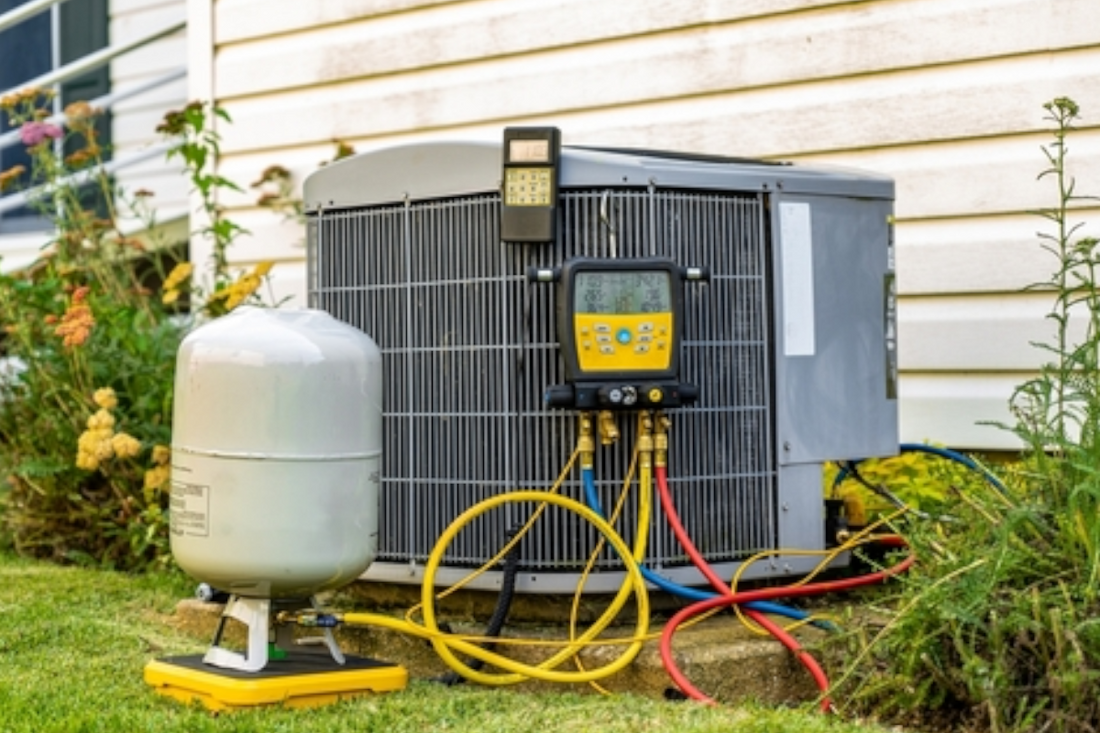
The BulletProof Air guide to HVAC terminology
Welcome to the BulletProof Air guide to HVAC terminology! Heating, ventilation, and air conditioning systems can feel overwhelming with all the technical terms, acronyms, and components. This guidebook breaks down the most important HVAC terms into logical categories, making it easy to understand and reference when planning, maintaining, or upgrading your home comfort system.
1. HVAC Basics & System Types
HVAC – Heating, Ventilation, and Air Conditioning
HVAC is the umbrella term for systems that heat, cool, and circulate air in your home.
Split System
Split systems have separate indoor and outdoor units, a common setup in residential homes.
Packaged System
Packaged systems combine heating and cooling into a single outdoor unit, sometimes rooftop-installed.
Air Handler & Furnace
The air handler moves conditioned air through your ducts, while the furnace heats the air.
Heat Pump
Heat pumps can heat and cool by transferring heat in or out of your home, making them efficient for moderate climates.
2. Heating & Cooling Capacity / Efficiency
BTU – British Thermal Unit
BTU measures the energy needed to heat or cool your home. More BTUs = more heating or cooling power.
Tonnage
Tonnage refers to cooling capacity; 1 ton = 12,000 BTUs per hour.
SEER – Seasonal Energy Efficiency Ratio
SEER is like a “miles-per-gallon” rating for air conditioners. Higher SEER = greater energy efficiency.
Energy Star Rating
Energy Star systems meet EPA efficiency standards, reducing energy use and environmental impact.
Variable Speed Motors
Variable speed motors adjust airflow automatically for consistent comfort and efficiency.
3. Air Distribution & Comfort Control
Ductwork
Ducts carry heated or cooled air throughout your home.
Return Air & Supply Air
Return air flows back into the system; supply air delivers conditioned air to your rooms.
Static Pressure
Static pressure measures resistance in the duct system. High pressure reduces efficiency.
Zoning
Zoning allows independent temperature control for different areas of your home.
Thermostat & Programmable / Smart Thermostats
The thermostat controls temperature. Programmable or smart models help save energy and provide convenience.
4. Key System Components
Condenser
Condenser is the outdoor unit that releases heat absorbed from your home.
Evaporator Coil
The evaporator coil absorbs heat from indoor air to cool your home.
Compressor
The compressor pressurizes refrigerant to release heat outside, enabling cooling inside.
Refrigerant
Refrigerant absorbs heat and cools your home. Low refrigerant can reduce efficiency.
5. Indoor Air Quality & Moisture Control
Air Filters
Filters trap dust, pollen, and debris, improving air quality and protecting your system.
Humidifier & Dehumidifier
Maintain indoor humidity: humidifiers add moisture, dehumidifiers remove excess moisture.
6. Common Service & Maintenance Terms
Inspection
A professional check for issues before they become major problems.
Tune-up
Cleaning, lubricating, and adjusting your system for peak performance.
Understanding these terms equips you to manage your home comfort intelligently, whether you’re scheduling maintenance, planning upgrades, or troubleshooting minor issues. Knowledge empowers you to make informed decisions and communicate clearly with HVAC professionals.
If you’re considering a new system, need professional service, or want an expert evaluation, BulletProof Air is ready to help. Their team provides reliable, professional service to keep your home comfortable year-round.
Schedule Bradenton AC replacement | Call 941.599.9999
Whether it’s your first AC installation, a routine service, or mastering HVAC terminology, BulletProof Air makes home comfort simple, accessible, and stress-free.
